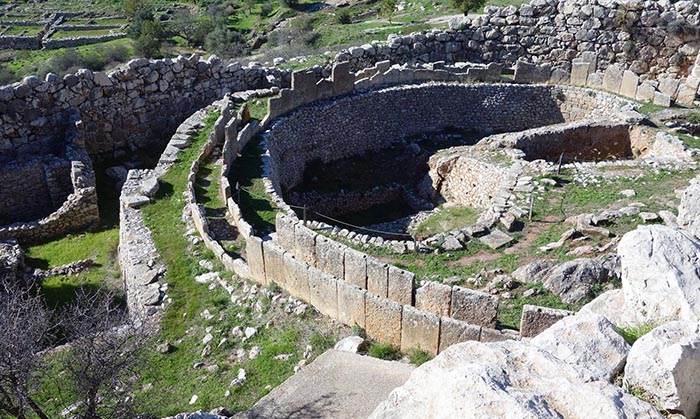Beginning of Mycenaean Period (1600 BC–1100 BC)
The Bronze Age in ancient Greece was coming to an end under the Mycenaean civilization. Greece's architecture, writings, art, and public administration serve as examples of the early stages of this evolved culture.
The Mycenaean Greeks made advancements in engineering, architecture, and military infrastructure. These discoveries improved the economy and altered trade in the Mediterranean. In addition, it has been established that Linear B, their syllabic writing, is among the oldest Greek texts. Numerous gods that are also revered in the Olympic pantheon were part of their faith.
An elite military class that ruled from a web of palace kingdoms was in charge of the civilisation. These nations established rigid political, economic, social, and hierarchical structures. The leader of the community was the king, or wanax.
Along with trade, the arts were in vogue. It was common to see geometric patterns and decorative themes. There were certain additions to the Minoan pottery shapes, like the goblet and the alabastron. Additionally common were standing female and animal terracotta statuettes. Bull-leaping, flora, captured lions, combat scenes, and other common Mycenaean pastimes were all shown in frescoes. Because the Mycenaeans were so devout, burial was regarded as a necessary ritual.
Nevertheless, this society mysteriously came to an end approximately 1100 BC, during the end of the Bronze Age, possibly as a result of an earthquake, internal strife, or invasion.









